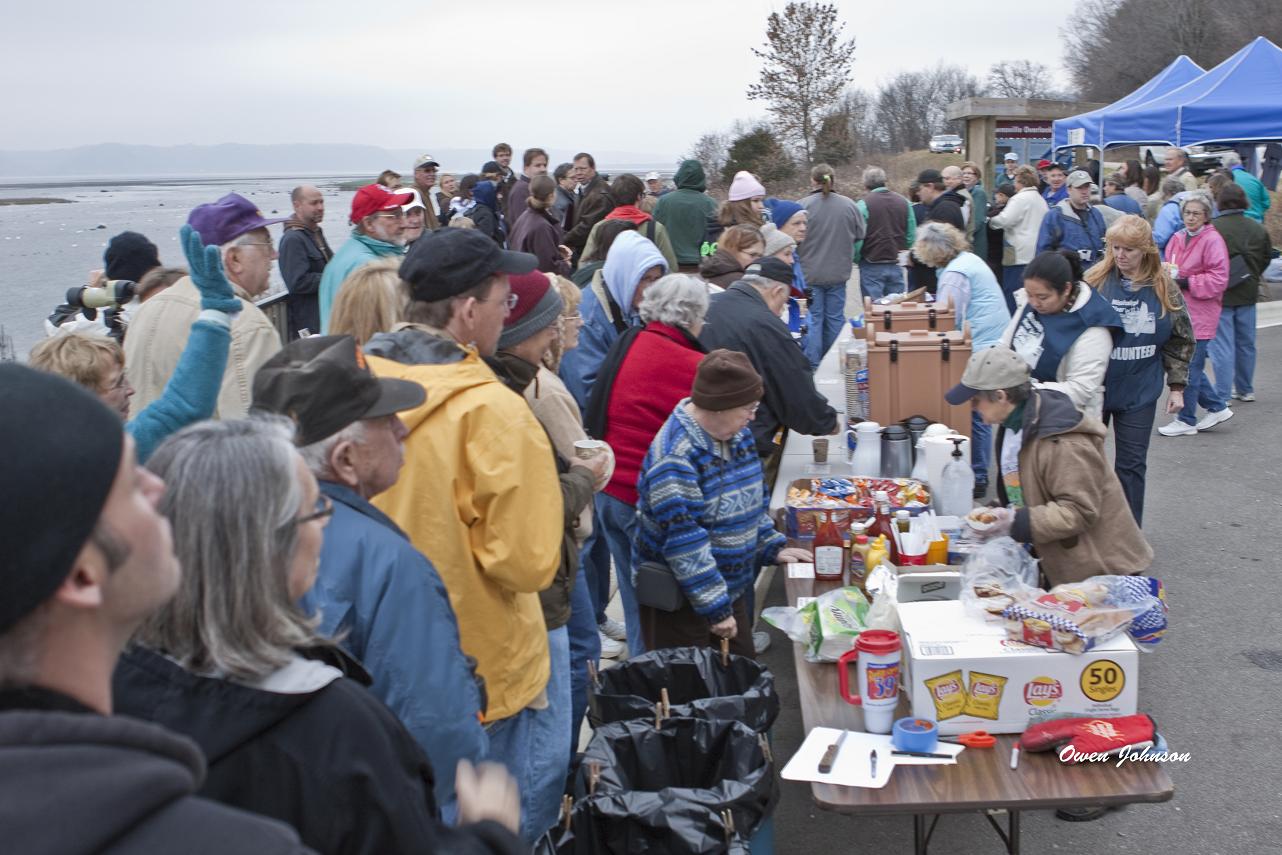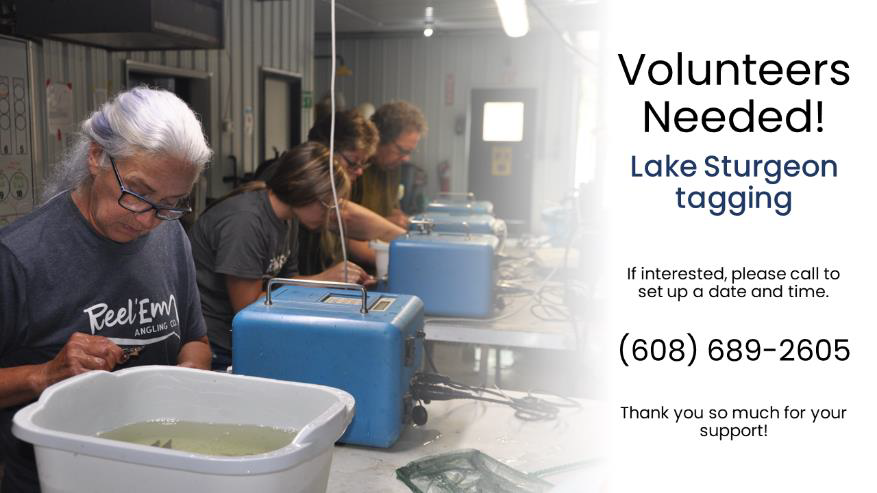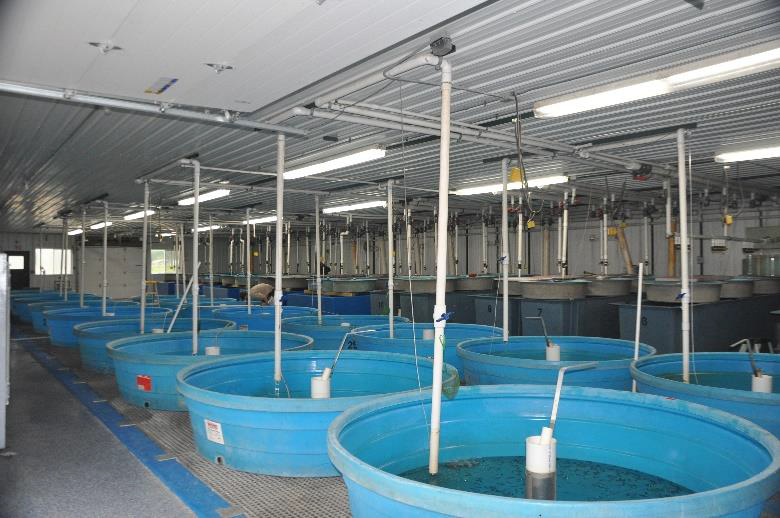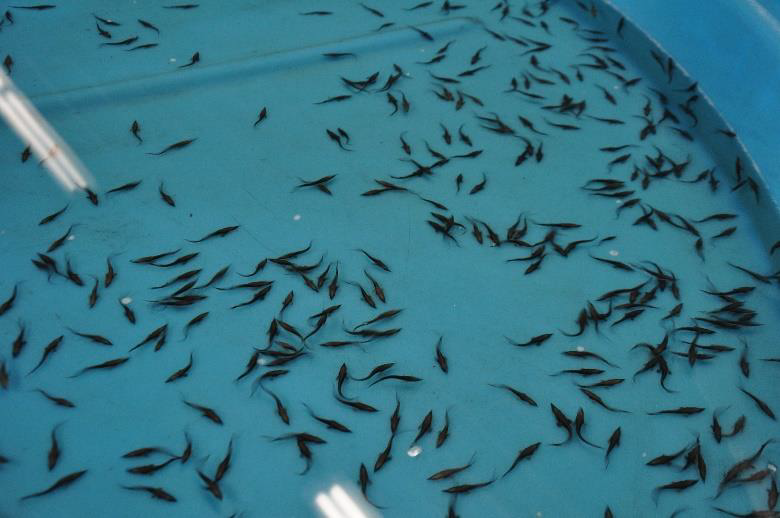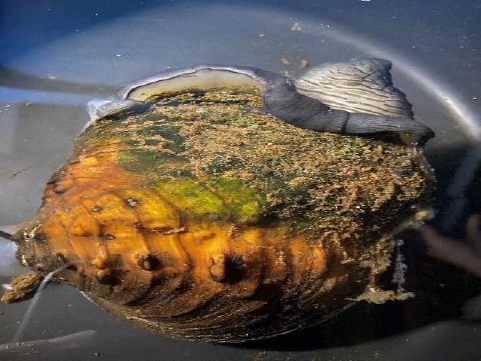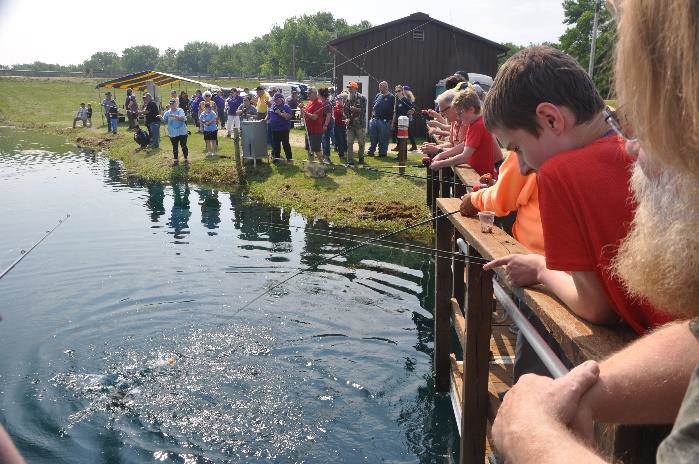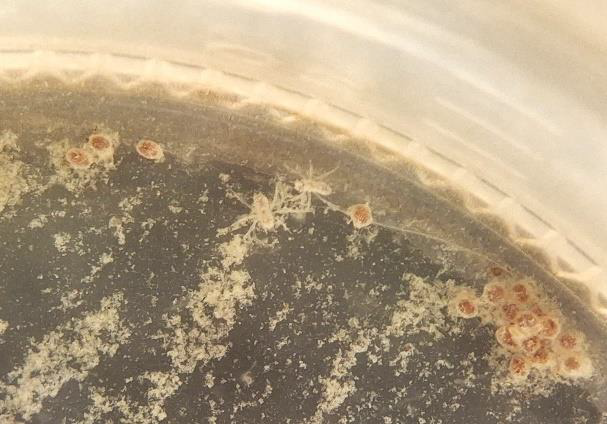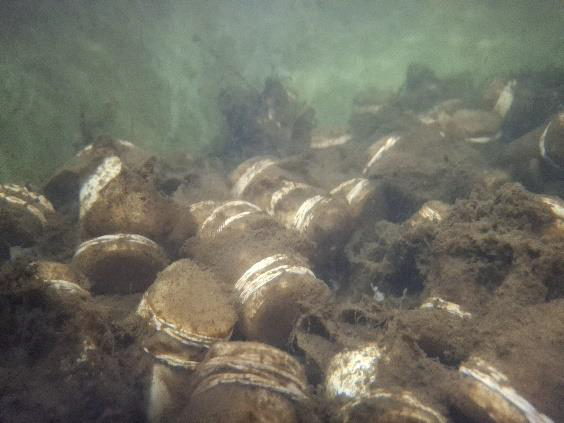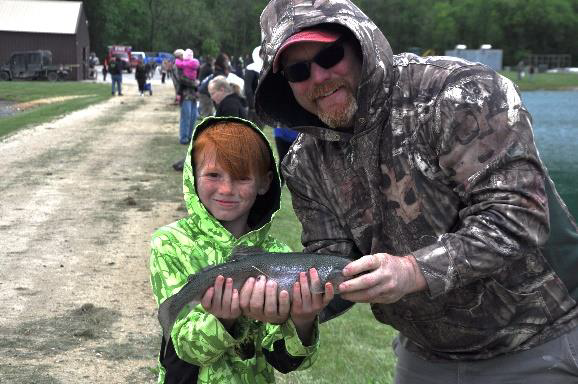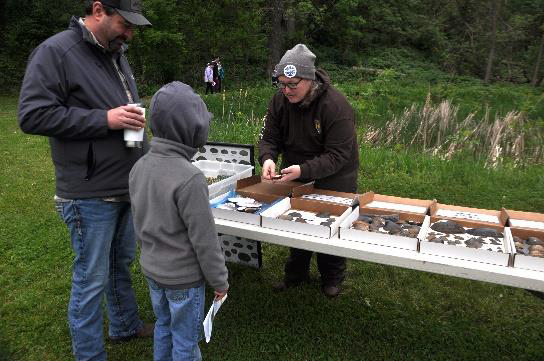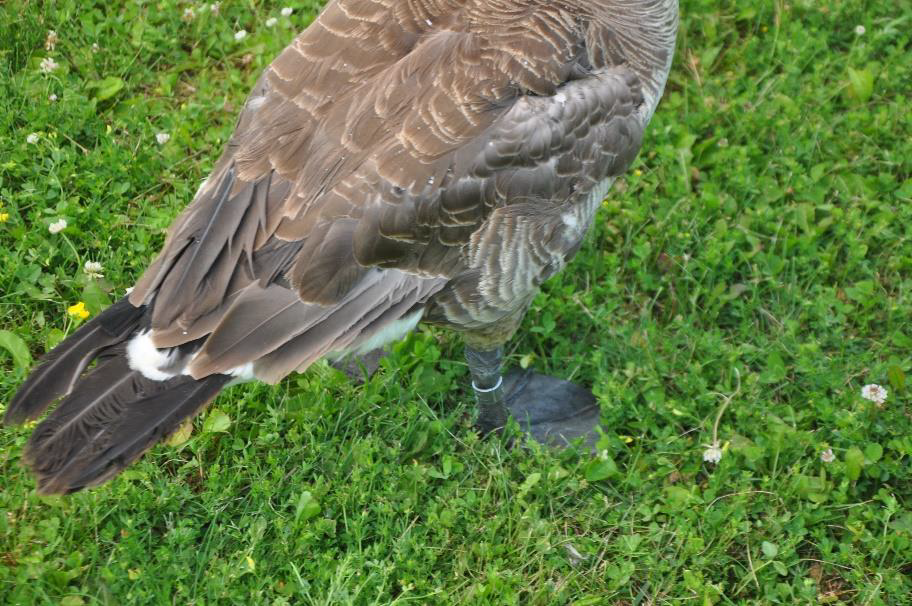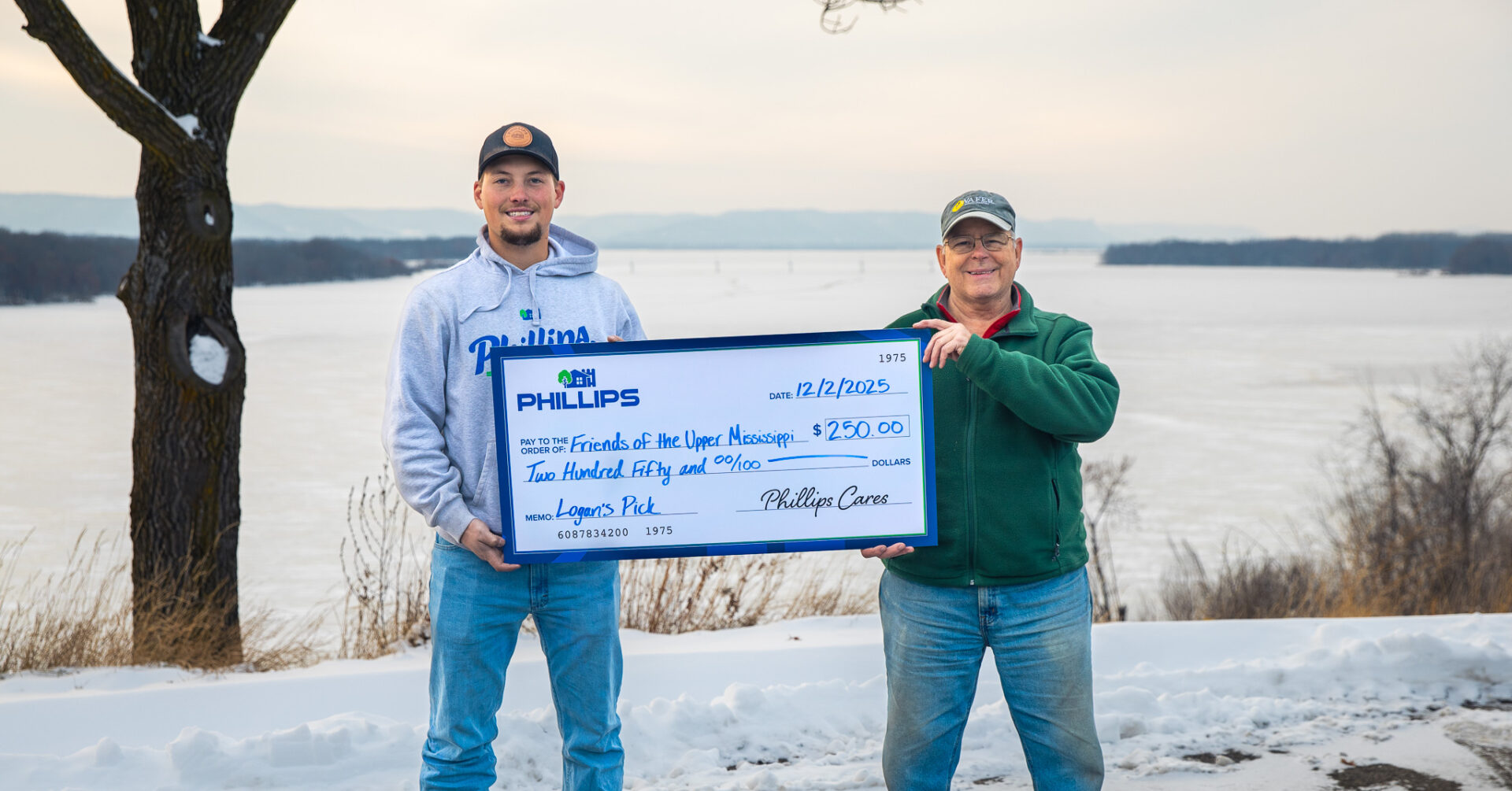
“A thing is right when it tends to preserve the integrity, stability, and beauty of the biotic community…” -Aldo Leopold
Last week, we presented Friends of the Upper Mississippi a $250 donation for our individual Phillips Cares donation for November! FUM was selected by our Install Apprentice, Logan B.
Logan learned about FUM’s work through his research in the River Studies Lab while attending UW-L. As a biology major, Logan admired the effort by volunteers in our community to support the conservation of our local rivers and provide children opportunities for outdoor education and activities.
Friends of the Upper Mississippi works to protect, enhance, and restore our Upper Mississippi River resources by serving and partnering with conservation organizations to educate citizens about resources, advocate for government policies that support these resources, and increase awareness of threats to the Upper Mississippi River.
There are 2 great ways, amongst many others, you can support FUM’s mission:
Lake Sturgeon Tagging at the Genoa Fish Hatchery in August and September (Al mentioned his personal best was 1,100 Sturgeon in one session!)
Attend their Annual Youth Outdoor Fest held in July
Be sure to follow Friends of the Upper Mississippi for volunteer opportunities and upcoming events!
Thank you to the Friends of the Upper Mississippi for your efforts to protect, enhance, and restore the river system we call home and providing opportunities to get Coulee Region kids outdoors.
___
Phillips Cares is our team led, community donation initiative. Each month we’ll randomly select 2 team members who each choose a local nonprofit that makes the Coulee Region better for everyone. Whether the organization has personally impacted their life, or supports a cause close to their heart.

